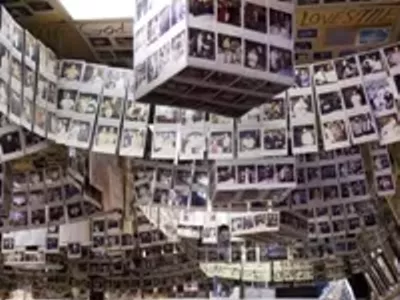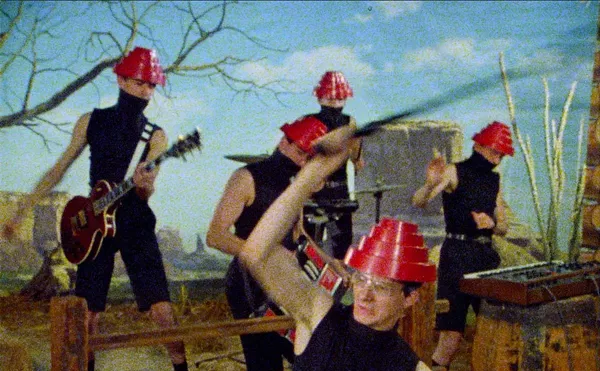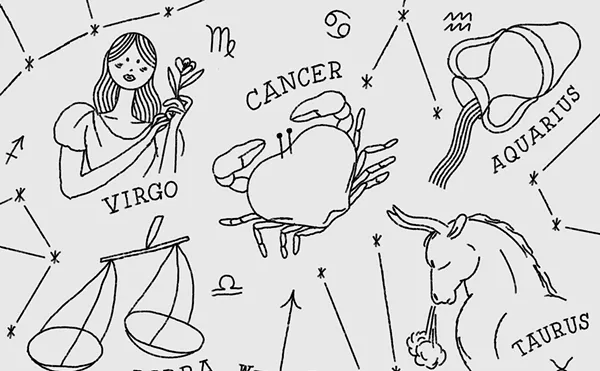When the Cadillac Engineering facility closed in March 1994, Big Mama and I could hardly stand leaving the security of our southwest Detroit industrial workplace for unknown cold and friendless suburban environs. A few weeks after arriving at our new locations — Big Mama at Pontiac and me at the Warren Technical Center — we met after work to take a last tour through the grand Clark Street complex. We found ourselves in front of one of the few buildings still standing on what was once 90 acres of Cadillac empire.
We just flat-out cried. Fortunately, we had something handy to assuage our grief. As we splashed the liquid against the building, we thanked every inch of the old Cadillac girl for a really good ride. May you rest in peace, we sniffled, then defiantly shouted at the sky, “We ain’t dead yet.” After one last boo-hoo, we humbly crawled into Big Mama’s old brown Chevy van and cruised into the evening.
Wrapped in memories of that evening, I arrived at St. Clements Hall in Dearborn a few weeks ago for a Cadillac Engineering reunion party, wondering if I would cry with the first hug. Would I recognize everyone? Would anyone recognize me? Would Big Mama and I toss another libation and make a scene?
But the 200-plus who gathered for the first time since 1994 greeted each other warmly, amazed that we still managed to find each other. Larry Kennedy, who’s now a chief engineer at Delphi, put the whole thing in context when he said, “The cool thing is that after all this time, the family has survived.”
We survived because of long-term friendships that compelled Tim Meixner — now a supervisor at the Milford Proving Grounds — with the help of others, to develop an e-mail list and keep in touch. Finally someone said, “Let’s get together.”
Cadillac Engineering had consisted of engineers, UAW tradespeople and salary support staff, working in various phases of the prototype process. Since it opened in the early ’60s, the Scotten Avenue building, still within the Clark Street complex, featured state-of-the-art testing facilities and laboratories for creating Cadillac prototype systems and cars.
Cadillac had been the only GM nameplate with a separate engineering facility. Hundreds worked there, experimenting with design and implementation for cars two or three years ahead of what the public saw.
We were the last of the Cadillac workers who once populated the Clark Street complex since 1927. Our transfer to various GM engineering facilities, including Flint, Milford, Pontiac and Warren, left only cleanup crews.
Oh, we were a sorry lot when it closed. Rumor had it that the engineers were so depressed they staged a mock funeral to bury the Cadillac plant and gain some emotional closure. Ha! Big Mama and I high-fived when we heard this because we took care of our grief in much finer style.
Now here we were once again at St. Clements, where we had gathered for many retirement parties in the past, eating chicken and meatballs, string beans and mashed potatoes. That food never tasted better. As Ezell Robinson, a retired UAW engineering mechanic, remarked, “This is the most wonderful bunch of people I’ve ever been around.”
But relations weren’t always so cozy and familial at Cadillac Engineering, especially for the five women to enter the male-dominated engineering mechanic’s trade. I was the first in May 1978, followed by Mary Kennedy that August, then Big Mama and two others three years later. A sixth joined the ranks much later. By that time, we were more accepted in the engineering building.
But the women had to fight for it and stick together. We developed an institution called “Van Days” after a derogatory poem circulated, referring to one of us as a “cupcake.” The five of us were hurt and pissed-off. We were hard-working mechanics. The next day we crowded into Big Mama’s Chevy, each bringing something to share for lunch, and vented our frustrations. We were tired of some UAW and salary co-workers acting superior and belittling us our efforts to survive in a man’s world. This wasn’t true of all of the men, but enough made us feel uncomfortable and unwelcome.
We pledged solidarity that first Van Day and marched back into work daring any of the men to mess with us. From then on whenever one of us had any kind of problem, personal or work-related, we’d call a Van Day to analyze it (often with the help of the Gallo brothers, Ernesto and Julio), and cackle it off our chests.
Unsophisticated problem solving? Maybe. But it sure worked. Soon, a few of the guys joined us for Van Days, and discovered that we had darn good ears for their problems too. Engineering developed into a community with remarkable camaraderie between the women and men, be they hourly, salary or management.
“We had a lot of fun after work too,” says Tony Buccellato, another retired engineer. “Remember the bowling leagues and picnics?”
Mary Kennedy, who started her apprenticeship at Engineering when she was 19, grinned widely at the reunion, as she darted from table to table snapping photos. “Loleetz [she always calls me Loleetz], this is better than a class reunion because I truly grew up with all of you.”
And it’s true, we all helped each other grow. Bill Hudacheck, a retired engineer, who had been with Cadillac Engineering for more than 40 years, came to the party in spite of recent hernia surgery. “If I had to be carried here, I was not going to miss this. I’ve never seen such a group of highly motivated, technical and talented people.”
By the end of the evening, we were already beginning to miss each other. Some called for the event to become annual. Bob Mills, a retired UAW mechanic, lamented, “They should have kept us together.”
But Big Mama? She was in her glory that night. Having arrived with nearly a trunkload of pictures of us from over the years, even pictures of our children and parents, she spent the better part of the evening running from one to another, “Remember this?”
You know how you can choose your friends but not your family? Let’s just say that at Cadillac Engineering we chose to be a family.
Lolita Hernandez is a poet and fiction writer whose latest book, Autopsy of An Engine and Other Stories from the Cadillac Plant, won a 2005 PEN Beyond Margins Award. Send comments to [email protected]





